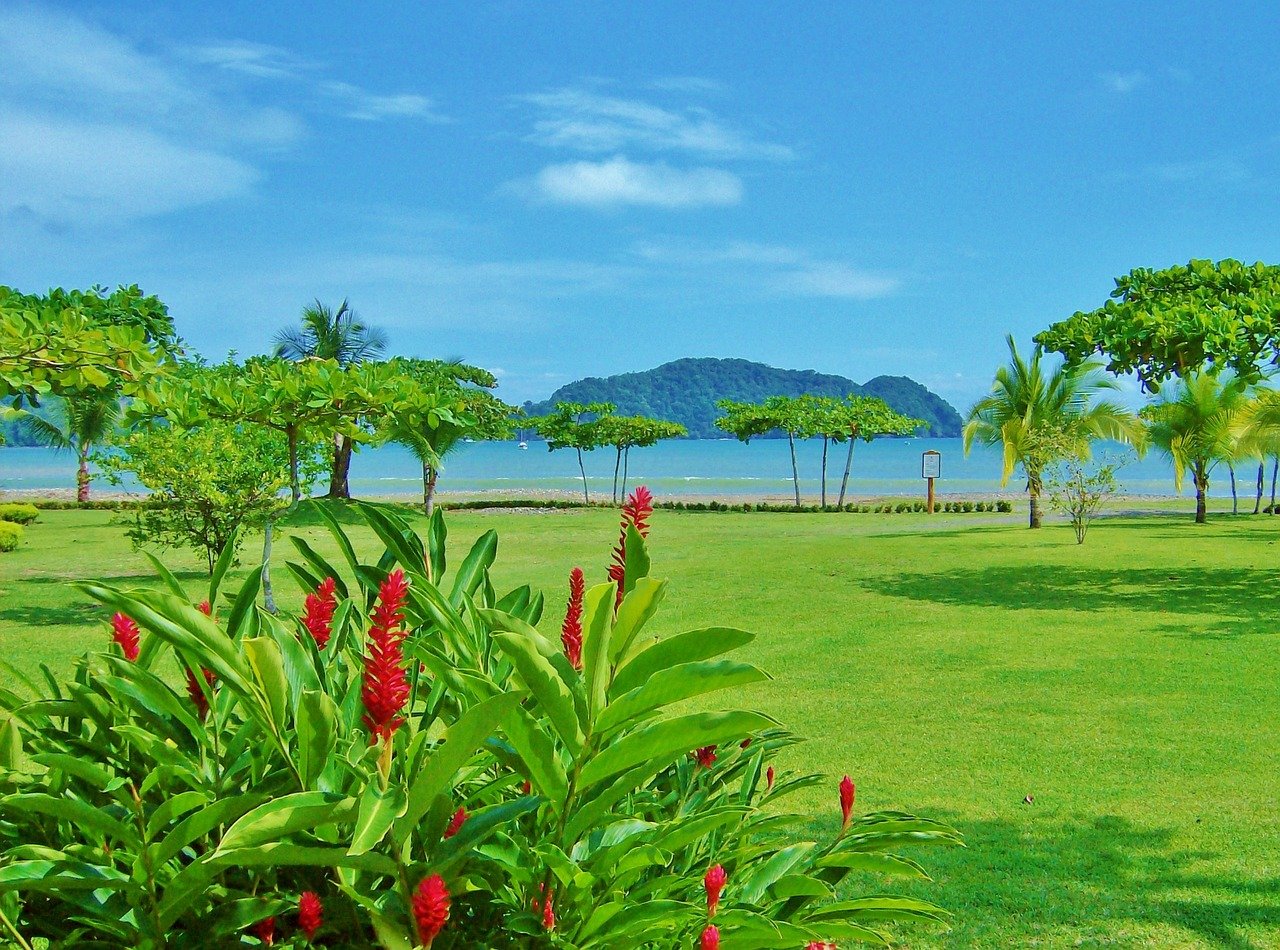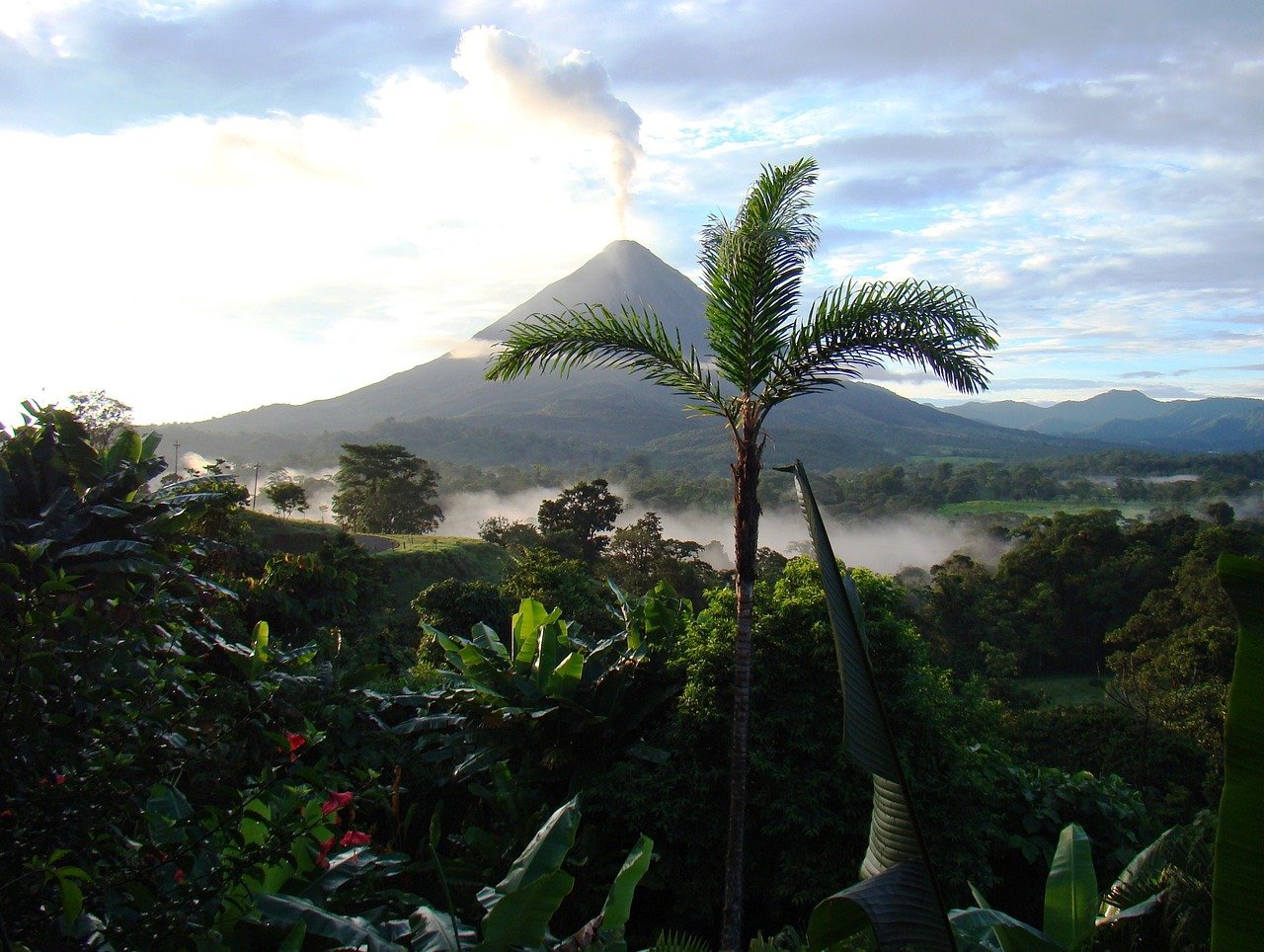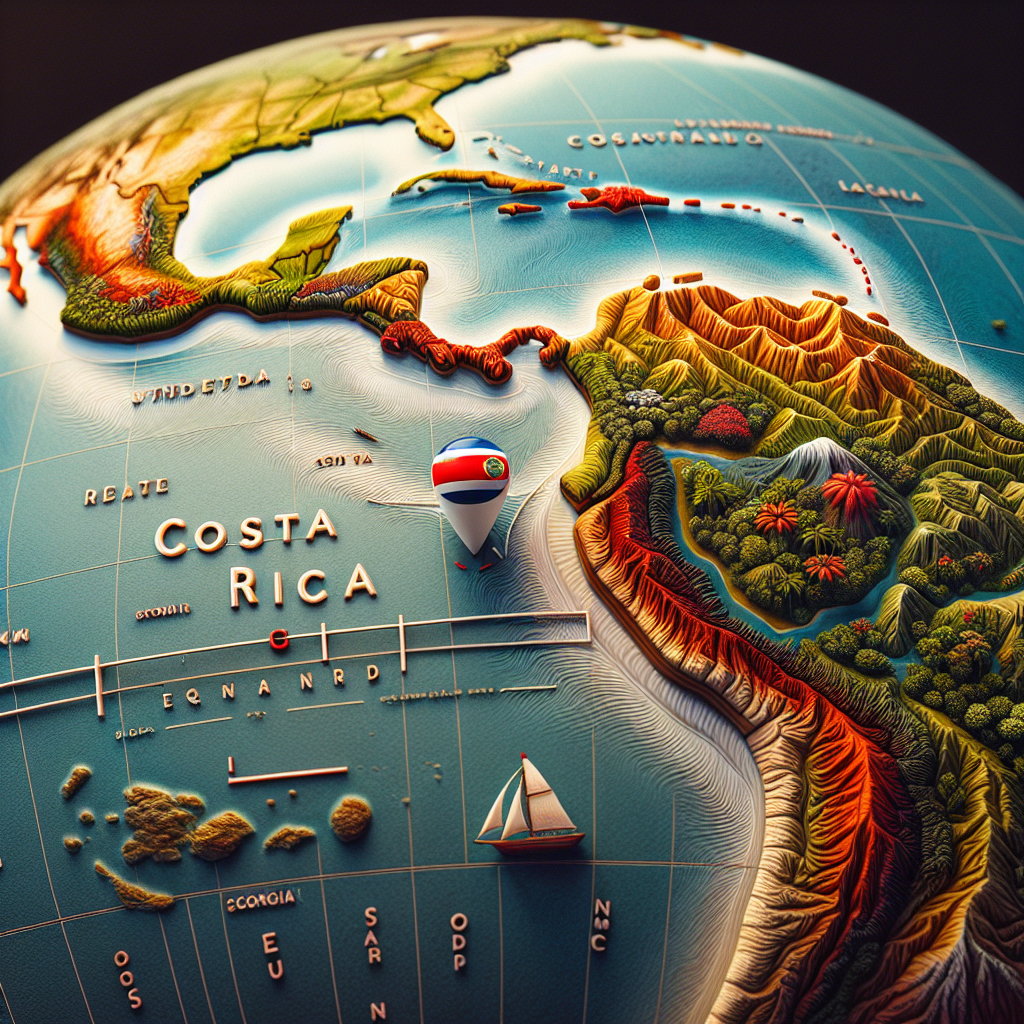How Far Is Costa Rica From The Equator
In the captivating piece “How Far Is Costa Rica From The Equator,” we explore the geographical positioning of Costa Rica in relation to the equator–a crucial factor contributing to its rich biodiversity. The article traces the coordinates, drawing attention to the country’s distance from the equator, which plays a significant role in shaping its tropical climate, lush jungles, and diverse ecosystems. Drawing from scientific and geographical sources, the article presents a well-rounded understanding of Costa Rica’s unique location and the implications it has on this Central American paradise.

Geographical Location of Costa Rica
When mapping out the world, one will find Costa Rica snugly positioned in the middle belt of the planet. This Central American country is globally recognized for its diverse ecosystems, boasting tropical rainforests, mountains, beaches, and much more. Besides its entrancing wonders, the geographical location of Costa Rica significantly contributes both to its lifestyle and ecosystem.
Global Position of Costa Rica
Residing in the heart of the Central American isthmus, Costa Rica is surrounded by a myriad of geographical features. To the west, it touches the vast expanse of the Pacific Ocean, and to the east, it meets the Atlantic Ocean’s Caribbean Sea.
Surrounding Countries and Waters
Being in the middle of the Americas, Costa Rica shares its land borders with two countries: Nicaragua to the north and Panama to the south east. On the other hand, its coastal breadth is touched by two grand bodies of water, the Pacific Ocean on the west and the Caribbean Sea on the east.
Main Cities of Costa Rica
The bustling city of San José, not just its capital but also the largest city, serves as the main hub for commerce, government, culture, and transportation. Other significant cities include Limon, a major port city on the Caribbean coast, Alajuela, the gateway to the northern part of the country, and Heredia and Cartago with their profound historical significance.
Latitude of Costa Rica
Understanding Latitude
The concept of latitude explains the positioning of a place in relation to the equator, which is considered as the zero-degree latitude mark. The farther a location is from this mark, the higher its latitude, peaking at 90 degrees at the poles.
Costa Rica’s Latitude
Costa Rica is located just north of the equator, with a latitude between 8 and 11 degrees North. Its close proximity to the equator is responsible for the country’s tropical climate.

Distance of Costa Rica from the Equator
Measured in kilometers
Costa Rica rests a mere 10 degrees north of the equator. To be more precise, its most southern point is roughly 898 kilometers away from the equator.
Measured in miles
In a different unit of measure, Costa Rica is approximately 558 miles from the equatorial line.
Relative Position of Costa Rica
Position compared to North Pole
Tracing the longitudinal lines from Costa Rica upward, one would find that it significantly closer to the equator than the North Pole. It is approximately 5,610 kilometers away from the icy polar ends of Earth.
Position compared to South Pole
When comparing Costa Rica’s location to the South Pole, there is a greater distance involved. As it lies within the northern hemisphere, Costa Rica is further away from the South Pole.

Costa Rica and the Tropic of Cancer
Location of Tropic of Cancer
The Tropic of Cancer is an important geographic circle of latitude that marks the point furthest north at which the sun sits directly overhead. It lies at approximately 23.5 degrees north of the equator.
Distance of Costa Rica from Tropic of Cancer
As Costa Rica is positioned between 8 and 11 degrees north of the equator, it is approximately 12.5 to 15.5 degrees or about 1,390 kilometers south of the Tropic of Cancer.
Costa Rica and the Tropic of Capricorn
Location of Tropic of Capricorn
Contrarily, the Tropic of Capricorn marks the southern limit at which the sun can be seen directly overhead and is situated at 23.5 degrees south of the equator.
Distance of Costa Rica from Tropic of Capricorn
Since Costa Rica lies north of the equator, it is quite a distance away from the Tropic of Capricorn. In terms of degrees, it’s approximately 31.5 to 34.5 degrees north, translating to roughly 3,500 kilometers.

Climate of Costa Rica in Relation to Its Proximity to the Equator
Overview of Equatorial Climate
Being near the equator implicates a tropical climate characterized by high temperatures and significant amounts of rainfall throughout the year.
Climate Characteristics of Costa Rica
Costa Rica’s climate is inherently tropical but varies with elevation. The coastal areas are typically hot and humid, while the highland regions are cooler. Rainfall is well distributed throughout the year, with a pronounced wet season.
How proximity to equator affects Costa Rica’s Climate
Being just a few degrees north of the equator, Costa Rica experiences consistently warm temperatures. This, coupled with ample rainfall, creates a lush, green environment, perfect for a wide variety of flora and fauna.
Equator Crossing Countries
Countries through which equator passes
The equator traverses 13 countries. These include Ecuador, Colombia, Brazil, Sao Tome & Principe, Gabon, Republic of the Congo, Democratic Republic of the Congo, Uganda, Kenya, Somalia, Maldives, Indonesia, and Kiribati.
Comparative Distance of these Countries from the Equator
In comparison to these countries, Costa Rica sits in a favourable position, comfortably nestled in the tropical temperature zone but not directly on the equator, thus evading excessive climatic extremes.

Flora and Fauna of Costa Rica Influenced by Its Proximity to the Equator
Species endemic to Equator regions
The equatorial region is known for its rich biodiversity. Many rare and exotic plants and animals are endemic to this region due to the constant warm temperatures and abundant rainfall.
Costa Rica’s unique species
Costa Rica, despite its small size, is home to 5% of the world’s biodiversity. From the vibrant quetzal bird to the resplendent poisonous frog, the variety of species it hosts is remarkable and is greatly influenced by its geographic position.
Effect of proximity to equator on Biodiversity
Costa Rica’s closeness to the equator means that it experiences a consistently warm climate, fostering ideal conditions for biodiversity. This has resulted in remarkable biological density and diversity of both flora and fauna.
Influences of Equatorial Proximity on Costa Rican Culture and Lifestyle
Dietary Traditions
Traditionally, the Costa Rican diet encompasses a variety of fresh fruits and vegetables, largely due to the fertile conditions provided by its proximity to the equator. Staples of the diet include rice and beans, often accompanied by plantains, yucca, and locally grown coffee.
Clothing Trends
As for clothing, the tropical climate necessitates lightweight, breathable fabrics. Costa Ricans frequently wear casual and comfortable clothing suitable for warm temperatures.
Architectural Designs
Equatorial proximity has a pronounced influence on Costa Rica’s architectural style. Traditional Costa Rican homes are designed to be well-ventilated to counter the tropical heat, often featuring spacious verandas, large windows and open internal courtyards.



